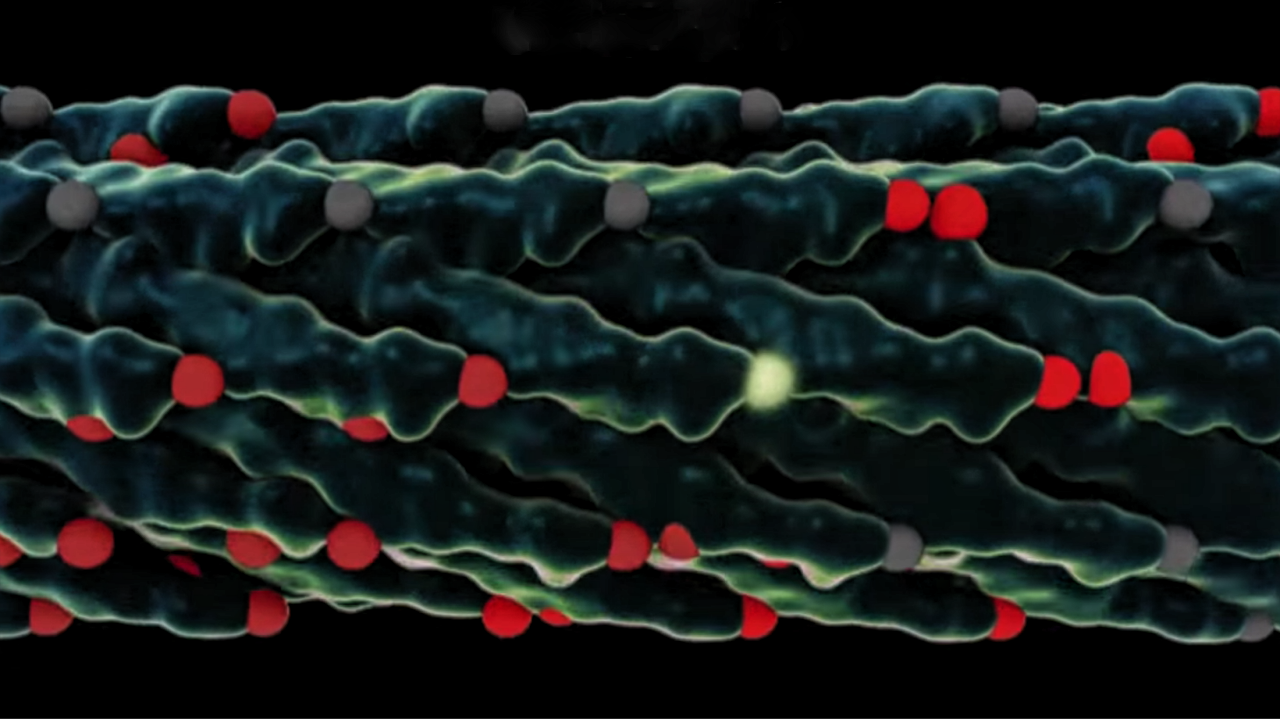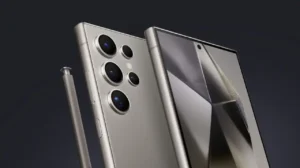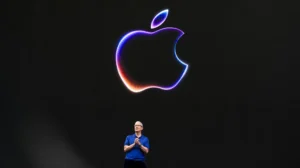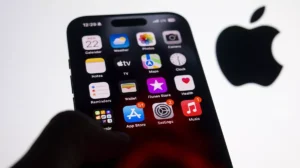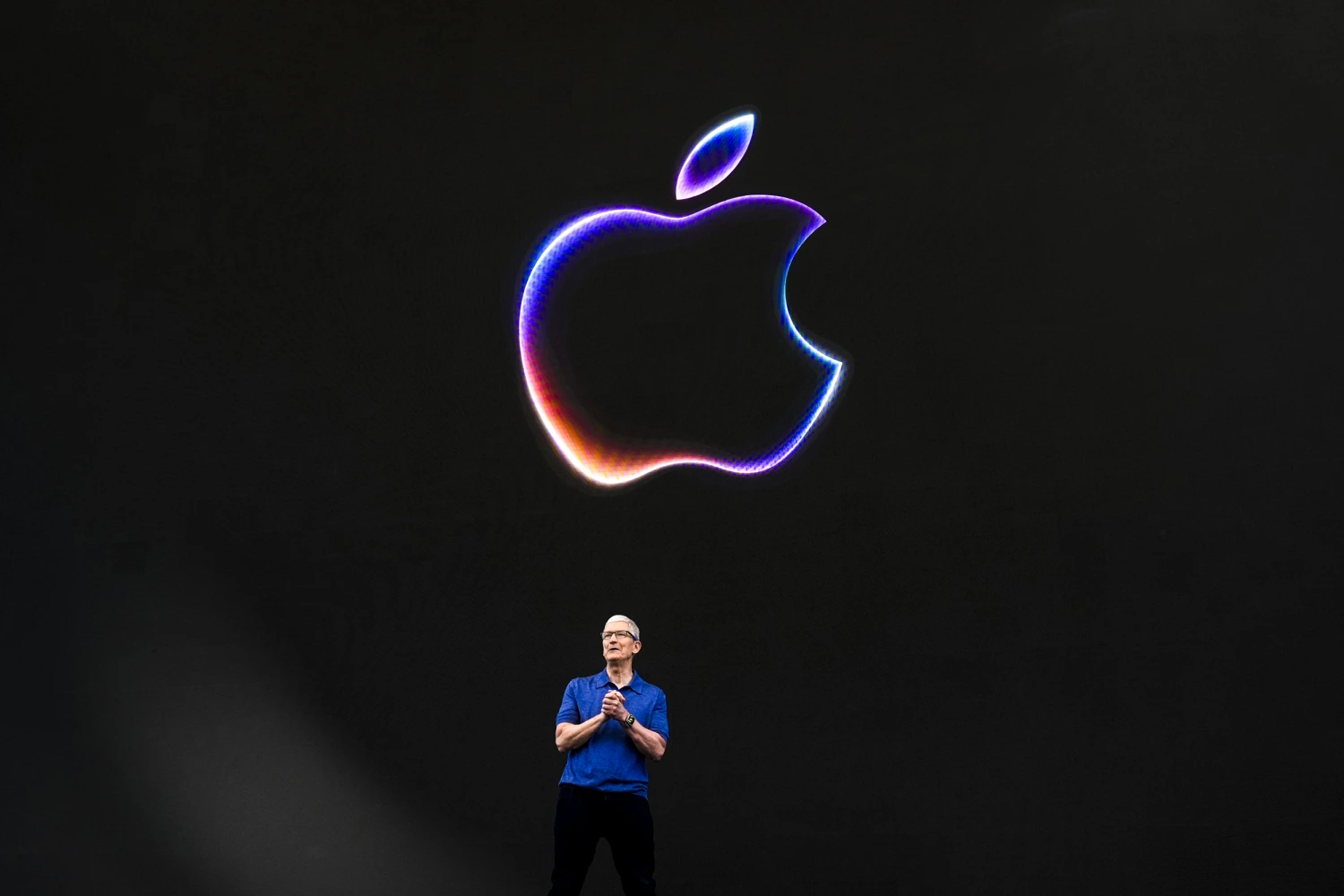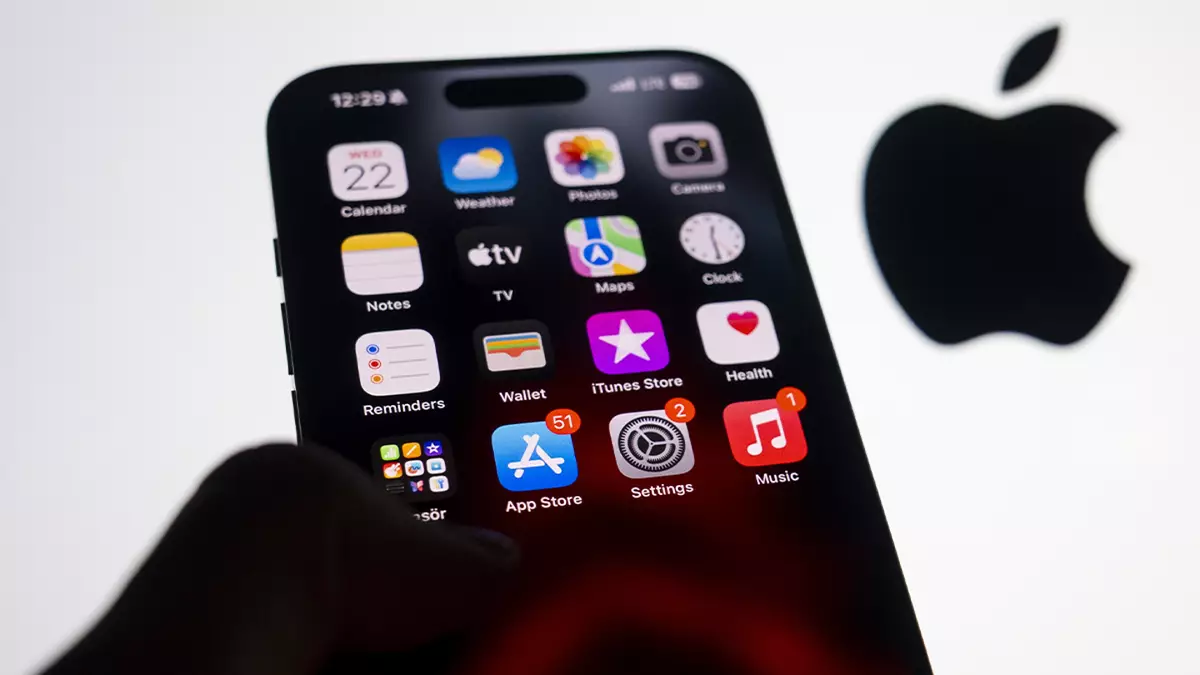Washington: Scientists from the Massachusetts Institute of Technology (MIT) have discovered a new way to produce double efficiency from solar cells using a genetically engineered virus. The technology promises to solve one of the problems that have prevented solar panels from becoming the solution to the energy problem.
Nature uses photosynthesis process to create energy, which is 100% efficient. Whereas, solar cells only achieve about 44% efficiency but those numbers could change according to the researchers.
The scientists have been carrying out research with the aim of taking advantage of a genetically engineered virus.
Nature’s method of achieving efficiency is possible and perfected over millions of years thanks to “Quantum weirdness” an effect derived from quantum mechanics. It involves transporting the sun’s energy from the receptors to the reaction centers, thus achieving much better results than solar cells.
According to MIT’s professor Seth Lloyd, light particles known as photons hit chromophore receptors to produce quantum energy particles called Excitons. Each exciton jumps from the receptors to the reaction centre where the energy builds up to form life-supporting molecules.
The hopping movement creates the inefficiencies, but quantum effects provide an opportunity for the particles to take advantage of multiple pathways. They can select the best path the go with and thus create a wave movement.
The ability of the exciton particles to take an efficient path is a key requirement of the process.
Lloyd claims that the particles have to be arranged in the correct way with the right amount of space between them. This effect is known as the Quantum Goldilocks Effect.
Engineers have been working to make a virus that can bond with multiple synthetic chromosomes to allow the technology to create the required spacing. The process involves a full

